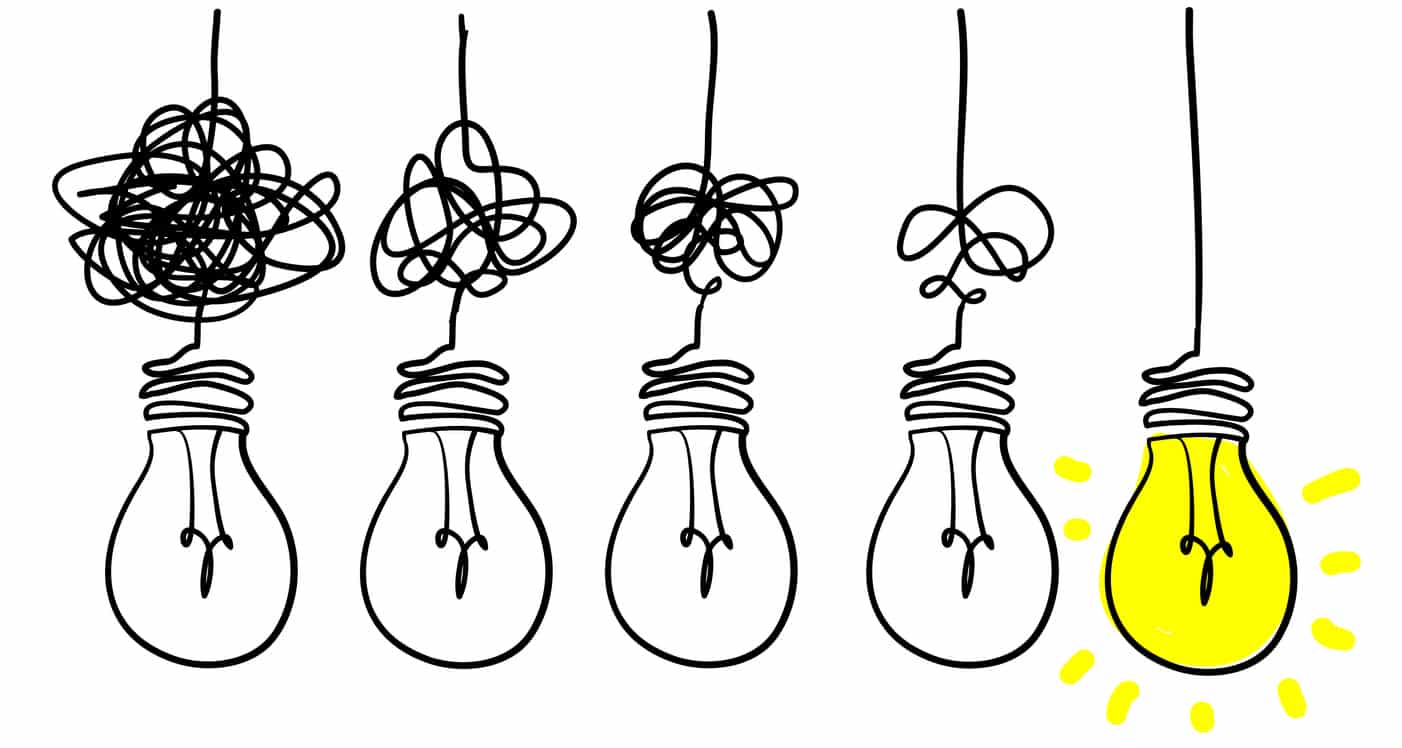Whether it be Indian news media, or American, we often hear people around us complaining about the declining quality of journalism. As individuals become more and more educated, the more they yearn for the high quality of originality that journalism used to consist of in yester-years.
Many hypothesize that this saturation of journalism is the result of social media, and the excess of information everywhere. As a result of this, journalists are now forced to make their content sound as scandalous as they can to get as many views as possible, while compromising on the ideals of news reporting.
Journalists are now forced to find a revolutionary strategy for news-reporting that really engages with their communities. And the answer to innovate journalism is through the concepts of Design Thinking. Read on to learn how you can use design to revamp your journalistic style!
What is Design Thinking
Design Thinking is a seemingly recent, but actually quite widely applied theoretical structure. Companies such as Google, Starbucks, Nike, Oral B, among many other multinationals have applied its principles to find nothing but success at the end of those particular campaigns.
Design Thinking requires immersing yourself with a particular community to understand them better, which in the case of a business, is your target audience.
Using Empathy to Report News
This is the part where the concepts of how Design Thinking exists and what Journalism is trying to achieve, converge.
Journalism, globally, requires more engagement with the people that it is representing; or at least that seems to be consensus.
Design Thinking, by structure, requires engaging and deeply connecting with the individuals that it is being designed and created for.
The Empathy phase of Design Thinking has been termed as the “deep listening” phase, and would be extremely fruitful for journalists. It implies that the author questions their own assumptions by adopting humility to better-understand their target audience.
The implications of stepping out of one’s own assumptions, especially in the case of reporting, are limitless and quite thought-altering!
Human-Centered Storytelling
Currently, journalism is interacting with their readers, or the audience, after something is already published.
The principles of Design Thinking would imply interacting with the audience while creating a story, rather than after it is created. This would actually increase the readability of news stories since more people are going to identify with them.
Making journalistic stories human-centered demands an increase in interviewing people to empathise with them. By understanding the core beliefs of people, journalists can better understand what kind of solutions the public needs.
This is important because journalists often spend a large amount of time and effort creating news stories without interacting with people. It is only once these stories are published that they are able to discern if the readers resonate with it. And more often than not, they do not.
Hence, it becomes necessary for journalists to feel the pulse of their readers during the reporting process itself.
News Design
Design Thinking principles aren’t new to the world of journalism. Newspapers use News Design to organise the particular order of pictures and news pieces to publish on any given day. This way, the more important news pieces are easily highlighted for the readers.
Based on this thinking is the acknowledgment that the behavioral patterns of the audience need to be understood.
Just as physical newspapers have benefitted from News Design, print media journalism can immensely benefit from the ideology of Design Thinking by understanding what issues are important for readers.
Conclusion
If you are intrigued by the ways Design Thinking can transform journalism into how the general public demands, look no further than this Design Thinking Program. This 12-week program boasts online mentored learning, live faculty interaction, and more. Hurry up and apply now!








